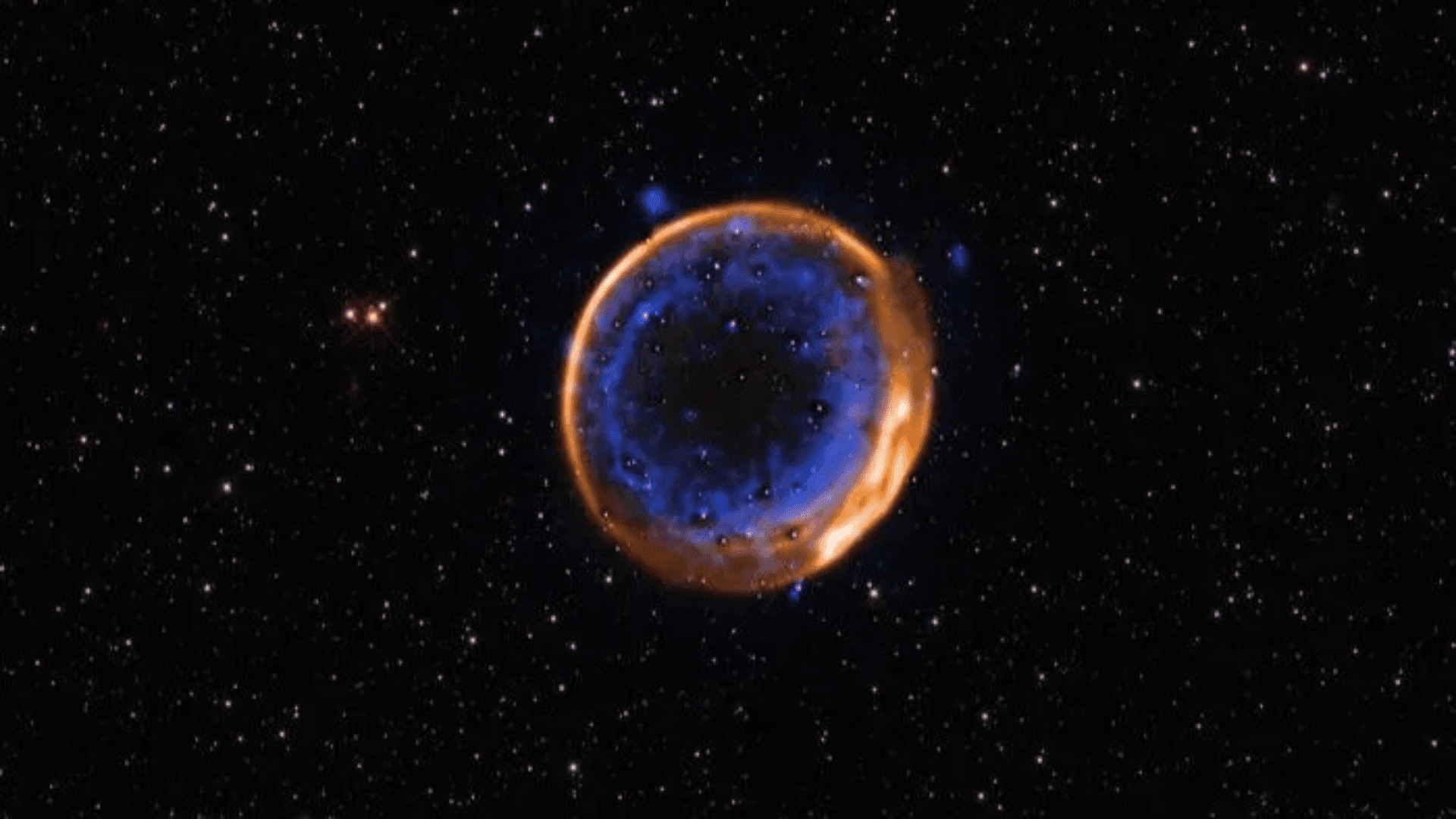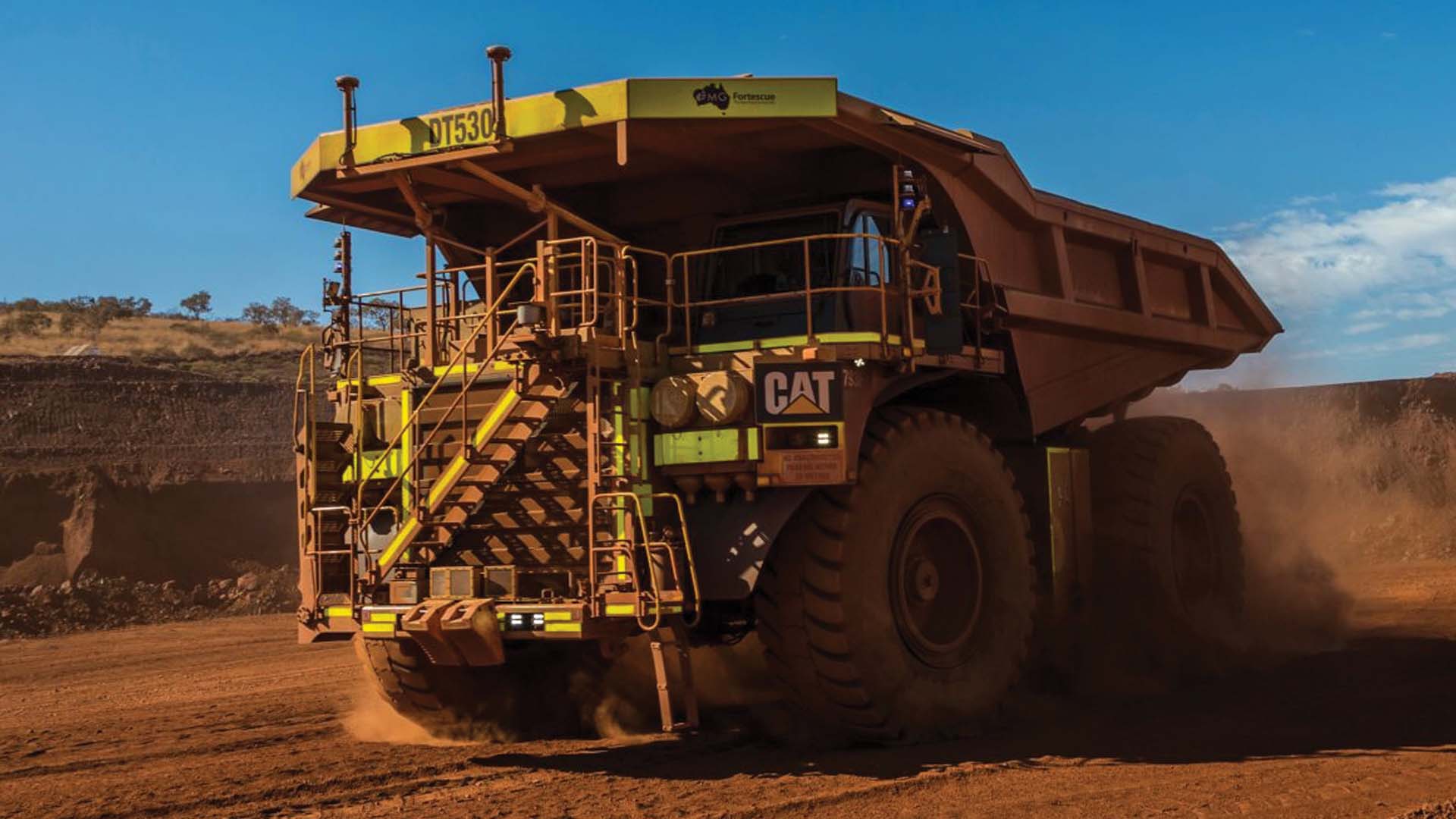Astronomers have captured visual evidence of a star double-detonating for the first time. Studying and measuring this type of supernova could help researchers learn more about how the universe expands, which remains a major cosmological mystery.
Star ‘Double Detonation’

Scientists discovered the explosion while studying two concentric rings of calcium around SNR 0509-67.5, a star that erupted in a type Ia supernova centuries ago. According to Live Science, type la supernovas happen when the material from one dead star is stolen by the husk of a co-orbiting dead star or white dwarf star, which results in a large thermonuclear explosion.
Though this is assumed to be the main reason behind this type of star explosion, astronomers have found evidence suggesting there are other causes for the detonations.
For these reasons, “the explosions of white dwarfs play a crucial role in astronomy,” study first author Priyam Das, a graduate student at the University of New South Wales Canberra in Australia, said in a statement. “Yet, despite their importance, the long-standing puzzle of the exact mechanism triggering their explosion remains unsolved.”
Attempting to find proof of a different type of star explosion, researchers directed the European Southern Observatory’s Very Large Telescope at SNR 0509-67.5, a supernova that showed a clear shock wave shell pattern. The telescope’s Multi Unit Spectroscopic Explorer instrument detected two separate rings of calcium surrounding the remnants of the explosion.
This is “a clear indication that white dwarfs can explode well before they reach the famous Chandrasekhar mass limit, and that the ‘double-detonation’ mechanism does indeed occur in nature,” second-author Ivo Seitenzahl, a nuclear astrophysicist at the University of New South Wales Canberra, said in the statement.
Researchers believe that this white dwarf star’s explosion was caused by stealing helium from its neighbor, which ignited. This shot shockwaves inward and caused the dead star’s core to ignite in a second explosion.
Additionally, type la supernovas as thought to always explode at the same brightness, which makes them a good standard by which astronomers can measure the expansion rate of the universe. The findings were published in the journal Nature Astronomy.








